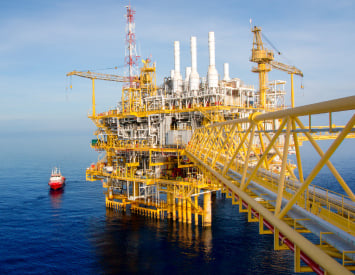Cement Production and its environmental impact.
This chapter deals with cement manufacture, cement properties, types of cements, blended cements and life cycle assessment of different types of cements.
Cement is one of the most important building materials around the globe. It is used mainly as binding and strength giving medium for the production of concrete.
It is estimated that global cement production reached 4.1 giga-tons in 2019, with China producing the large share. Because of the importance of cement as a construction material as well as the abundant availability of raw materials (limestone + clay), cement is produced in almost all the countries in the world.
Cement production is a highly energy intensive process and the energy consumption of cement industry is nearly 5% of the total global industrial energy consumption.
The theoretical energy consumption for producing 1 kg of Portland clinker is about 1.76 Mega joules.
The kiln is the major energy consumer in cement making, while most electricity is consumed in the grinding of raw materials and clinker, to produce cement. Coal and natural gas are mainly used as fuel for calcining the raw materials in the kiln, it takes about 200 kg of coal to produce one ton of cement.
Due to calcination, calcium carbonate in the kiln converts to calcium oxide and carbon dioxide and CO2 emissions contributed by fuel and raw meal combustion together with very small amount of CO2 emissions contributed by consumption of electricity (assuming that electricity is generated from fossil fuels), is the major CO2 emission source from cement production.
It has been estimated that about 0.65–0.92 tons of CO2 are emitted from 1 ton of cement production, based on cement plant with modern technology and depending upon the ratio of clinker to cement.


